Description
The 321 math programme has been developed in Finland, a country that has come to international attention for its proven methodology in successfully teaching young children maths skills. In fact Finland holds the accolade of coming out top in the European Programme for International Student Assessment (PISA) report, which compares academic outcomes between nations.
What Does the Course Teach?
Early maths skills are learned with the child’s experience and individuality firmly at the forefront. Colourful, intuitive and interactive multimedia exercises make learning engaging and fun. Kids stay motivated by being able to work at their own level and pace and by gaining rewards on the completion of tasks. 321 math 1A focusses on Count and Compare Numbers, Numbers 0-5, Numbers 6-10 and Geometry and Measurement.
How Does it Work?
All learning takes place online, meaning the course content can be used both in schools and in a home-school environment. Children can access the course for 12 months, thus giving them a greater chance of success in their studies.
KEY LEARNING POINTS
Work through the lessons for a fun way to engage with maths.
Count and Compare Numbers
In Quantities, complete exercises in grouping and counting items.
Learn to group and count elements up to ten.
Move on to counting items up to ten, then linking them to their corresponding number.
In the How Many Altogether section, the concept of the term ‘addition’ is introduced.
Explore difference comparison with ‘more than’ and ‘fewer than’ tasks.
Get an introduction to equal number.
Play with games and puzzles that focus on the learning that has just taken place.
Move on to a lesson which verifies the child’s new skills.
Finish with a section including graphometer exercises.
Numbers 0-5
Get an introduction to the numbers 0-5.
Complete sections which present numbers in cardinal, ordinal and algebraic aspects with added graphometer exercises for the numbers, 0 and 1, 2 and 3 and 4 and 5.
Begin to compare numbers using the greater than and less than signs.
Start to explore the equality of numbers and in turn improve the ability to compare numbers with added exercises for developing the interhermispheric connections.
Work on simple addition exercises based on counting and adding up.
Explore mathematical puzzles and adding on a number line.
Get an introduction to the concept of subtraction through counting down.
Progress to subtracting on a number line and trying some mathematical puzzles.
Practice subtraction further with exercises related to calculating minuend and subtrahend with given difference.
Work on further subtraction exercises.
Revise subtraction and addition skills.
Get an introduction to the commutative property of adding.
Focus on the learning achieved with a selection of games and puzzles.
Complete the learning verification section and conclude with a section with graphometer exercises.
Numbers 6-10
Move on to the numbers 6-10.
Get an introduction to the numbers 6 and 7, including tasks presenting the numbers in cardinal, ordinal and algebraic aspect as well as exercises for developing spatial imagination.
Learn to find a missing number with exercises in adding and subtracting relating to calculation of addends, minuends and subtrahends with given sum or difference.
Learn about the value and use of coins and banknotes.
Learn about the relationship between addition and subtraction.
Focus on the numbers 8 and 9, including tasks presenting the numbers in cardinal, ordinal and algebraic aspect as well graphometer exercises and tasks that introduce the difference comparison.
Explore difference comparison with exercises that develop logical thinking and the ability to solve tasks in a non standard manner.
Get an introduction to adding three numbers.
Focus on the number 10, with tasks presenting numbers in cardinal, ordinal and algebraic aspect as well as exercise for memorising the previously learned numbers.
Practice adding numbers in the known range and consolidate the knowledge of learned numbers and their structure.
Move on to learning to subtract three numbers.
Finish with the verification lesson and concluding graphometer exercises.
Geometry and Measurement
Begin with an introduction to shape.
Learn about shapes and objects in three dimensions.
Learn the names and how to recognise three dimensional shapes.
Complete exercises in recognising, naming and identifying characteristics of two dimensional shapes such as circles, squares, rectangles and triangles.
Have a go at drawing two dimensional shapes.
Move on to building and drawing shapes.
Begin to explore the concept of shapes being double or half the size of each other.
Get an introduction to the centimetre and begin to estimate the length of an item then measure it.
Take a look at the term section and complete tasks in estimating the length and measuring and comparing the length of sections.
Focus on what has been learned with games and puzzles, a verification lesson and graphometer exercises.
ADVANTAGES OF THIS COURSE
Study on all your devices, 24/7.
Technical support is available, should it be needed.
Access to the course content is for 12 months.
Course content is designed to bridge the gap between formal and informal learning.
Adaptive exercises can be adjusted to the pupil’s own level.
ICT skills are incorporated and a positive attitude and active role in everyday maths and mathematical thinking are embedded in the multisensory course content.
A child centred approach with the child’s individuality is at the heart of the course.
Explore the state of the art fully interactive demo lessons before you sign up.
Motivation is ensured with rewards for tasks on completion.
Children won’t just enjoy this new approach to maths, they’ll make brilliant progress too. Unlock a child’s potential in maths today with 321 math! 1A.
Units of Study
Count and Compare Numbers
Numbers 0–5
Numbers 6–10
Geometry and Measurement
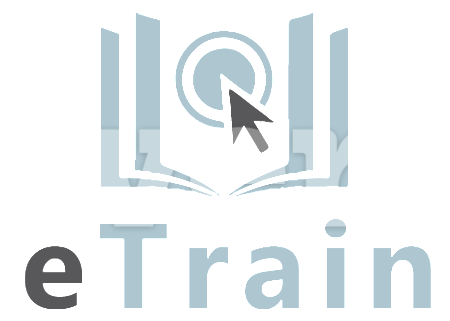
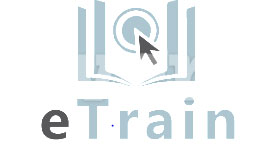

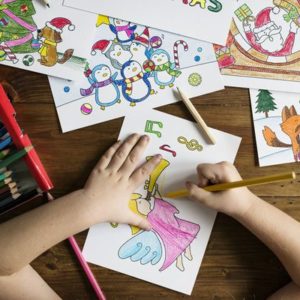
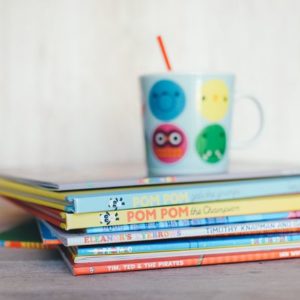
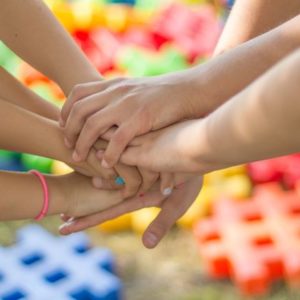

Jaxanx –
Perfect match for what I was looking for and I am excited.
Rodrigo –
To be a more complete course, i recomend add some content about testing.